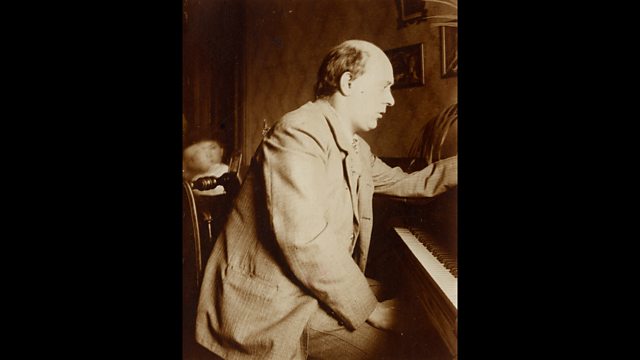The Listening Service Extra 6 of 12 - Twelve Tones
Schoenberg’s distillation and defence of his theory of composition with 12 tones...
Tom listens to Schoenberg’s distillation and defence of his theory of composition with 12 tones: serialism in a nutshell.
'The method of composing with twelve tones substitutes for the order granted by the permanent reference to tonal centers an order according to which every unit of a piece being a derivative of the tonal relations in a basic set of twelve tones, the "Grundgestalt," is coherent because of this permanent reference to it. Shall I repeat this?
I mean instead of relating every configuration in a piece to a tonal center, every configuration in a twelve-tone piece is related to the Grundgestalt in that it consisted of always the same tone relation as this Grundgestalt provides. Reference to this set offers also the justification of dissonant sounds.' - Arnold Schoenberg, 1949
Archive audio and photos with kind permission of Arnold Schönberg Center, Wien
Featured in...
![]()
12 ways of listening to Schoenberg's journey to serial music—The Listening Service
The Listening Service meets the Second Viennese School.
Why do we call it 'classical' music?
Tom Service poses a very simple question (with a not-so-simple answer).
Six of the world's most extreme voices
From babies to Mongolian throat singers: whose voice is the most extreme of all?
How did the number 12 revolutionise music?
Why are we all addicted to bass?
Watch the animations
Join Tom Service on a musical journey through beginnings, repetition and bass lines.
When does noise become music?
We like to think we can separate “noise” from “music”, but is it that simple?
Podcast
-
![]()
The Listening Service
An odyssey through the musical universe, presented by Tom Service





